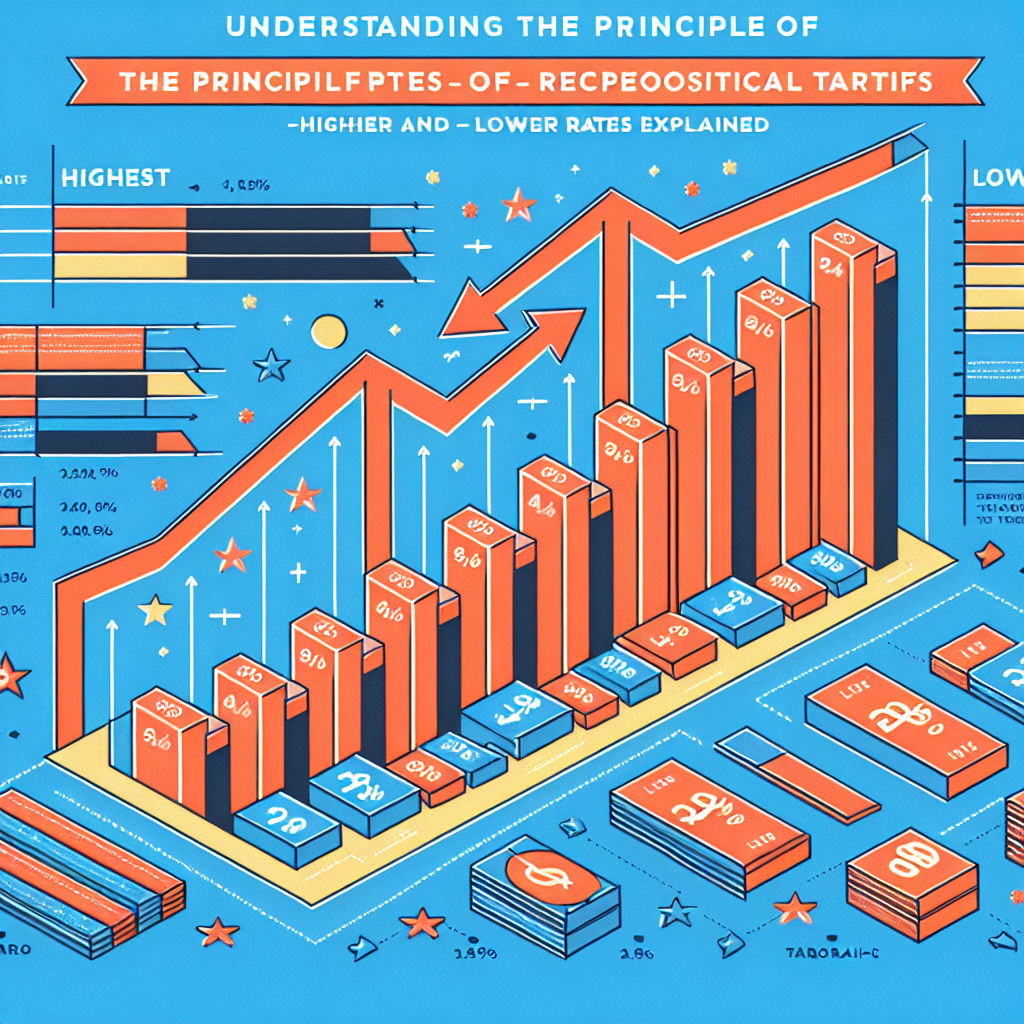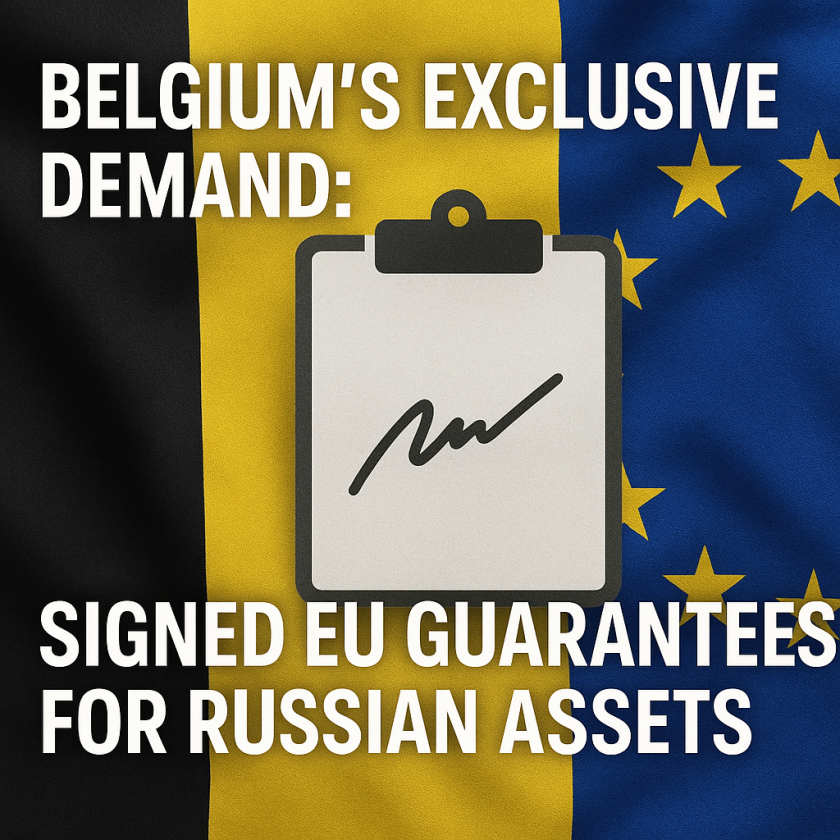Understanding Trump’s Reciprocal Tariffs: Highest and Lowest Rates Explained
Understanding Trump’s Reciprocal Tariffs: Highest and Lowest Rates Explained
Introduction to Reciprocal Tariffs
Reciprocal tariffs, a key component of former President Donald Trump’s trade policy, aimed to level the playing field by imposing tariffs on imports equivalent to those faced by U.S. exports. This approach was designed to encourage fair trade practices and protect American industries.
Key Features of Trump’s Tariff Strategy
- Objective: To ensure that U.S. exports face similar tariff rates abroad as foreign goods do in the U.S.
- Focus: Primarily targeted at countries with significant trade imbalances with the U.S., such as China and the European Union.
- Implementation: Tariffs were adjusted based on the rates imposed by trading partners on American goods.
Highest Tariff Rates
Trump’s administration imposed some of the highest tariffs on goods from countries with substantial trade surpluses with the U.S. These tariffs were particularly focused on:
- China: Targeted a wide range of products, including electronics and machinery, to address the trade deficit.
- European Union: Aimed at luxury goods and automobiles to counteract EU tariffs on American products.
Lowest Tariff Rates
Conversely, countries with more balanced trade relationships with the U.S. saw lower tariff rates. These included:
- Canada and Mexico: Benefited from the USMCA agreement, which replaced NAFTA, reducing tariffs on many goods.
- Japan: Negotiated trade agreements that resulted in lower tariffs on certain agricultural and industrial products.
Impact and Criticism
The reciprocal tariff strategy had mixed results, with some industries benefiting from reduced competition, while others faced increased costs due to retaliatory tariffs. Critics argued that the approach led to trade tensions and disrupted global supply chains.
Conclusion
Trump’s reciprocal tariffs were a bold attempt to address trade imbalances and protect American industries. While they succeeded in drawing attention to unfair trade practices, the long-term effects on the global economy and U.S. trade relationships remain a topic of debate.








































